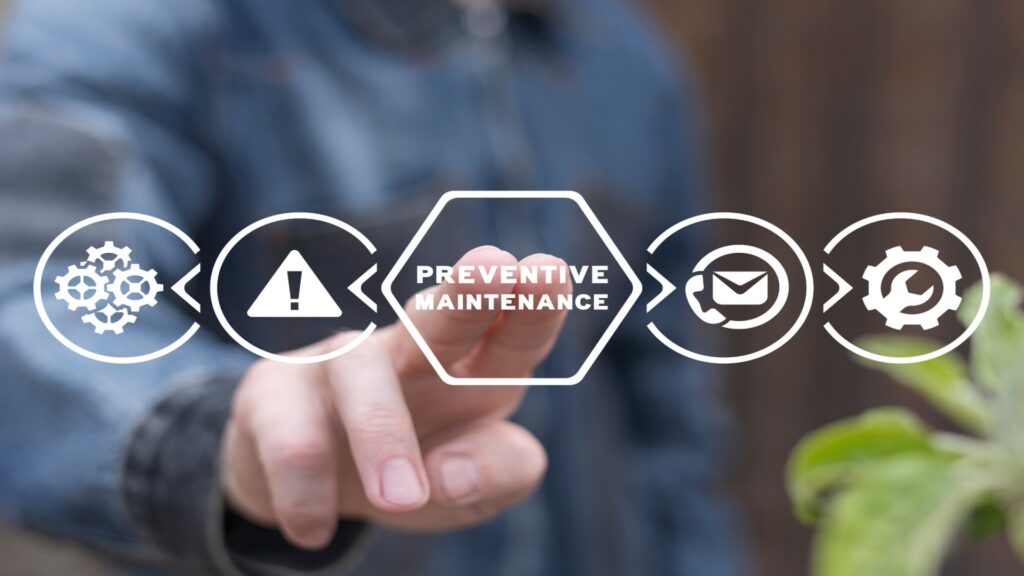Implementing A Successful Routine Maintenance Program: A Guide For Business Leaders
As a business owner, you must understand the importance of keeping your company’s assets in good condition, which is always a good idea. This ensures business operations run smoothly, reduces downtime, and maximizes profitability.
Think of your business as a well-oiled machine, where each component plays an essential role in keeping everything running. Your equipment, buildings, and infrastructure need ongoing care to perform their best. Neglecting routine maintenance tasks can result in expensive repairs, safety risks, and other problems that can cut into your profits.
This guide aims to simplify the setup of a successful maintenance plan. Read on for practical strategies that’ll help you implement a successful routine maintenance program that fits your business goals!
Assess Your Current Maintenance Needs
Before diving into a routine maintenance program, take a step back and assess the existing setup. Create a comprehensive inventory of all existing equipment, systems, and facilities. Note their age, condition, and specific routine maintenance requirements outlined by the manufacturers.
Remember to factor in the unique needs of your business environment. For instance, a manufacturing plant in a coastal area may require more regular maintenance because of the corrosive properties of saltwater. On the contrary, a retail store in an urban area may need responsive maintenance procedures due to high foot traffic and wear and tear.
Having a clear picture of the exact nature of your maintenance needs will help you develop a tailored routine maintenance plan that caters to the explicit requirements of your assets. This will add to the length of the equipment’s life and decrease the chances of sudden breakdowns and expensive repairs, saving time and money in the long run.
Set Clear Maintenance Objectives
Once you have your maintenance checklist, the next step is to establish clear objectives for your routine maintenance plan. Align these objectives with your overall organizational goals to ensure that your efforts contribute to your company’s success.
For example, if your primary business goal is to minimize equipment failure and optimize production, then your maintenance objectives should focus on ensuring that your machines are running smoothly. On the contrary, if the most crucial factor is cost-efficiency, then most of your routine maintenance objectives are going to revolve around reducing the repair cost and how your assets will stay longer in operation without breaking down.
Clear and well-defined objectives provide direction for your routine maintenance activities and serve as a benchmark for measuring their effectiveness over time. As reliability in maintenance is a critical factor in achieving these objectives, it’s crucial to monitor and adjust your strategies depending on performance outcomes.
Consider revisiting and refining these objectives as your business evolves to ensure they continuously align with your ever-changing needs and priorities. This helps maintain operational excellence and fosters a culture of continuous improvement in routine maintenance activities.
Develop A Maintenance Schedule
Maintenance planning and scheduling are essential to the success of your routine maintenance strategy. Your maintenance schedule should outline the necessary routine tasks, including routine inspections, cleaning, lubrication, repairs, and replacements for every asset you manage. To set the frequency of each routine task, refer to the manufacturer’s guidelines and industry best practices.
Ensure you stick to these recommended maintenance intervals to prevent premature equipment failure, maintain safety equipment standards, and avoid costly downtimes. To streamline this process, consider using maintenance management software. These tools automate maintenance schedules, generate work orders and send reminders to ensure you don’t overlook any tasks.
With well-structured maintenance schedules, you create a centralized platform that tracks all maintenance activities. It provides a complete overview of your assets’ health. This data-driven approach allows you to address potential issues before they escalate, minimizing disruptions and ensuring your equipment is in good operating condition.
Implement An Effective Preventive Maintenance Strategy
Embracing preventive maintenance is also crucial for achieving operational excellence. This strategy involves taking deliberate steps to prevent equipment failure before it occurs. Regular inspections and servicing form the foundation of preventative maintenance, allowing your team to identify and rectify minor issues before they escalate.
However, preventive maintenance goes beyond regular check-ups. You’ll also need advanced techniques, such as:
- Vibration analysis to detect imbalances in rotating machinery
- Thermal imaging to identify potential hotspots or electrical faults
- Oil analysis to reveal signs of wear or contamination in lubricated systems
Embracing these predictive maintenance methods enables you to anticipate potential equipment failures and schedule maintenance. It enhances operational efficiency, demonstrates commitment to quality, and fosters trust with customers and stakeholders.
Train Your Maintenance Team
While a comprehensive maintenance schedule and robust tracking system are critical components of effective routine maintenance tasks, the secret to success lies in your team’s knowledge and expertise. Regular personnel training and educational opportunities are investments in the longevity and efficiency of your business operations.
For instance, your machine operators may overlook subtle warning signs or fail to follow specific safety procedures during routine machine servicing if they don’t have proper training. However, by providing thorough training on preventative maintenance guidelines and safety protocols, you empower your machine operators to approach each task with confidence and precision.
Also, ensure there’s open and candid communication and feedback from your team members. They may have priceless insights into the performance of your maintenance program as they work with the equipment daily. Their feedback will help you to maximize your maintenance program.
Conclusion
Implementing a successful routine maintenance program is crucial for the long-term health and longevity of your business assets. The strategies discussed above will help you establish a proactive approach to facility maintenance, minimizing the risk of costly breakdowns, maximizing operational efficiency, and cultivating a culture of preventive care within your organization.
Remember, a well-executed maintenance program is an ongoing journey of continuous improvement. Assess and refine your processes on a regular basis and encourage an open-sharing culture to ensure your program remains aligned with your evolving business needs.








